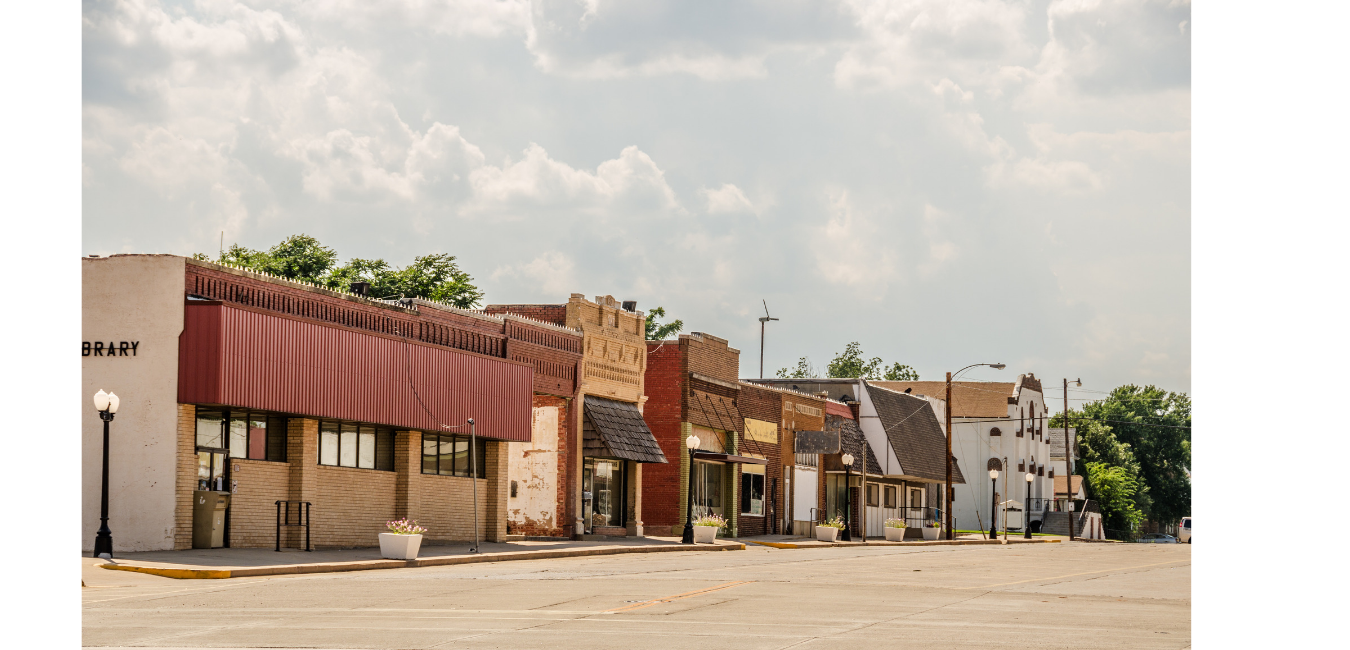
In a recent post we made the case for why gentrification is a good. Something that all Michigan cities should want more of. In this post I want to explore what happens to neighborhoods without gentrification. I finished the previous post with: “Neighborhoods with high demand are vibrant, neighborhoods with low or no demand are distressed. There is no in between.”
In an insightful article Ed Zotti in the Chicago Sun-Times lays out the difference in Chicago between those neighborhoods that are gentrifying and those without gentrification. The title says it all: College graduates are transforming Chicago. The danger is it won’t come fast enough. Zotti writes:
You can see the changes in Chicago’s neighborhoods, too. Many have been revitalized by college graduates and not just on the North Side but also along the lakefront as far south as Woodlawn.
Not everyone is happy about that. College graduates are the driving force behind gentrification for the obvious reason that they’ve got more money than everybody else. The average Chicagoan with a bachelor’s degree makes $56,000. Those with only a high school diploma make just $26,000.
Rents, housing prices and property taxes driven up by college grads have given rise to a lot of resentment. Some people have called for drastic measures to limit the effects of gentrification, from rent control to limits on building conversions.
But whatever problems the growing number of college graduates might be causing, the real danger is that the city won’t be transformed fast enough.
Zotti divides Chicago neighborhoods by income and education attainment. The neighborhoods without gentrification are characterized as low income, below average college. He writes about them:
The biggest loss is in working-class communities, particularly on the West Side and South Side. These neighborhoods once were working class. Increasingly, they’re becoming poor.
Gentrification isn’t the problem. Fewer than 30 working-class neighborhoods gained enough wealth or enough college graduates to push them into a snootier category.
More than twice as many working-class neighborhoods slid into poverty. The continuing departure of middle-class black people — including a fair number of college graduates — is surely the key factor in the declining fortunes of communities on the West Side and South Side.
What Zotti describes happens to neighborhoods without gentrification––which only is a fancy name for people with more means moving into a neighborhood––is happening and has happened for decades in nearly all American cities. Moving out of a neighborhood is a normal part of life for most every household. People’s needs change so from time to time they look for a home, neighborhood and community that best fits their needs. What defines successful neighborhoods is that when people move out there is someone that wants to move in. If there is the neighborhood is vibrant, if there isn’t the neighborhood declines.
The pattern across the country is young professionals––and some affluent empty nesters––and immigrants are who are moving into city neighborhoods. Middle and working class families with children are moving out. If city neighborhoods are not attracting those who want to live in cities, those neighborhoods over time will decline.
(For those interested in more on this topic see our 2003 report entitled Revitalizing Michigan’s Central Cities: A Vision and Framework For Action. Somewhat dated, but the pattern it describes still holds true.)
Zotti is right on when he concludes:
Chicago is in the grip of forces pulling in opposite directions. Gentrification caused by the growing number of college graduates is pushing parts of the city up. Increasing poverty due to the exodus of middle-class black people is pushing other ones down.
If we decide the more important problem to solve is gentrification
and take steps that stifle investment and make parts of the city less attractive to the well-educated, we’ll be slitting our own throats.







